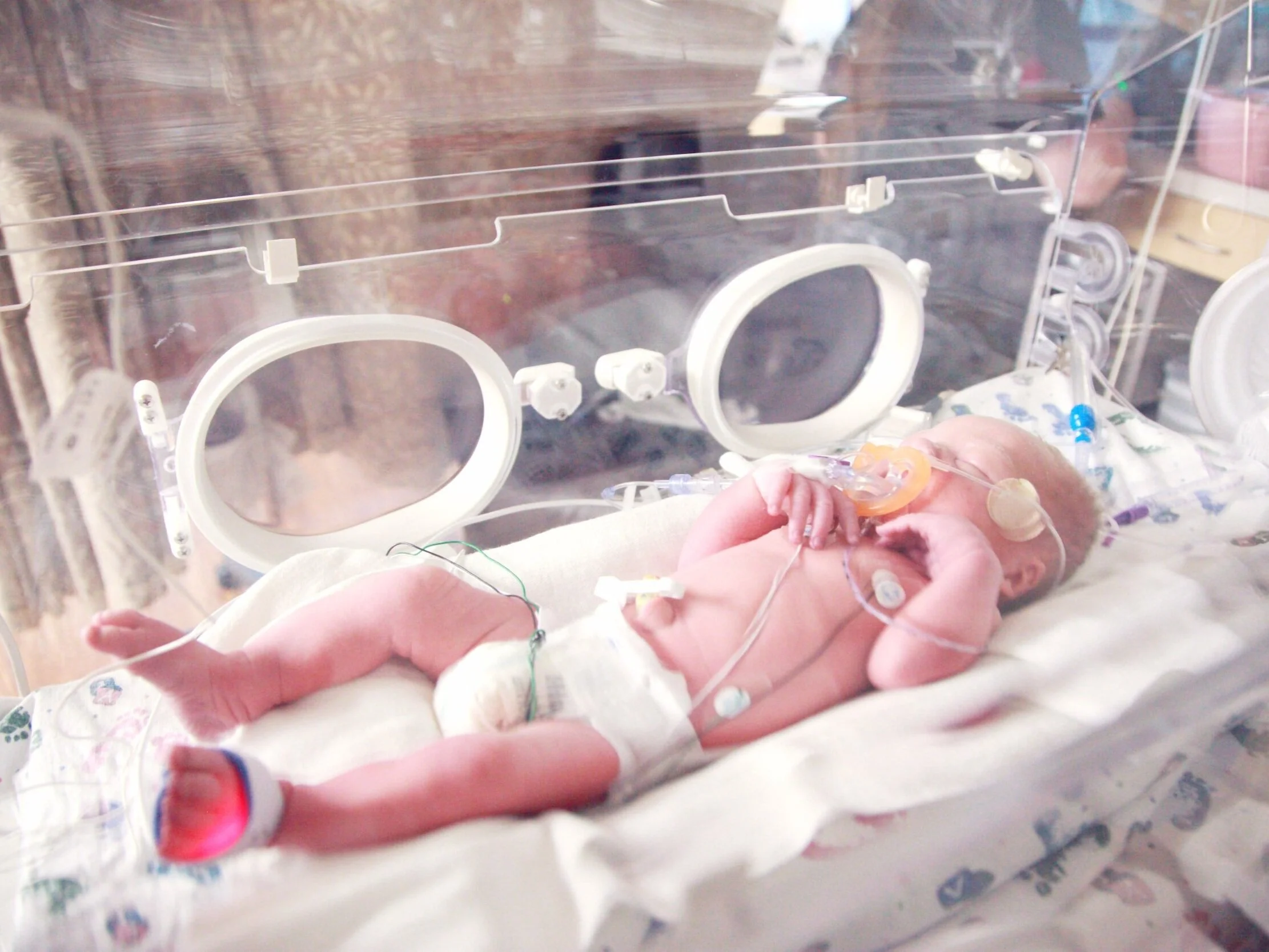Concept development for a point-of-care bilirubin testing kit for the diagnosis of neonatal jaundice
I worked as a consultant for Neolight LLC. to help develop some concepts for a strip test to check infant bilirubin levels at bedside. This project was undertaken after the Neonatal Phototherapy Device received FDA and market approval. Click here to see my contribution to that project, if you haven’t already done so.
Detecting Neonatal Jaundice
As mentioned before, 6 out of 10 babies in the world get jaundice on the third day after birth. This number is higher in developing countries. Typically, doctors and nurses test for neonatal jaundice in new borns by drawing a vial of blood and sending it to the pathology lab, where they measure the levels of bilirubin and albumin. This process usually takes between 6 hours to a full day-24 hours. High bilirubin levels indicate the presence of jaundice. When a baby is undergoing phototherapy treatment for jaundice, this blood test is done at regular intervals (sometimes twice a day or more) to check whether the bilirubin levels are dropping, i.e. if the treatment is being effective. The phototherapy light intensity may be adjusted by the doctors based on how the infant is responding to the treatment.
The Challenge
The main challenges with the bilirubin blood test are
It is a fairly invasive process that involves drawing a significant amount of blood from a possible premature baby
Blood samples need to be sent to another location for testing, i.e. the Pathology Lab
It takes multiple hours to get the results back from the pathologists
Treatment may be delayed in the process thus increasing risks to infant health
While working on the Neonatal Phototherapy Device, we recognized this problem and thought of developing a solution that could test bilirubin levels using a drop of blood, by the prick of a needle, right at the patient’s bedside.
I was commissioned to create some concept sketches for the product and prototype the user interface for the same.
Concept Development
Taking inspiration from existing glucose monitoring devices, our solution involved collecting a drop of blood by pricking the infant’s foot on a test strip. The test strip would then be inserted in a device that scans the blood drop to determine the level of bilirubin in the blood. Similar foot-prick tests are commonly performed in neonatal care for other types of diagnoses.











